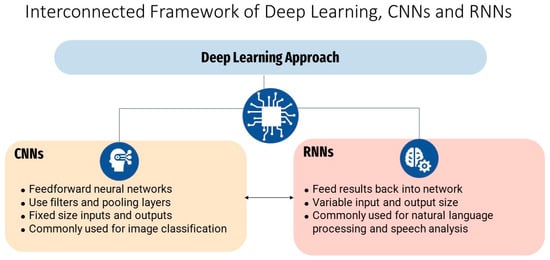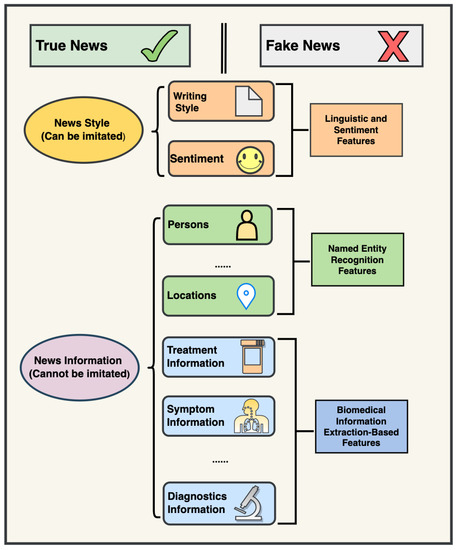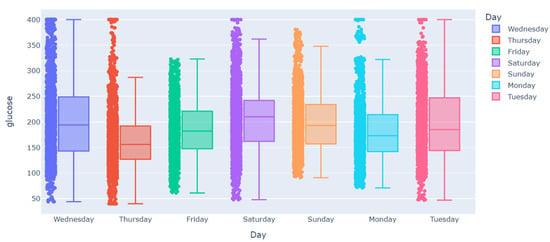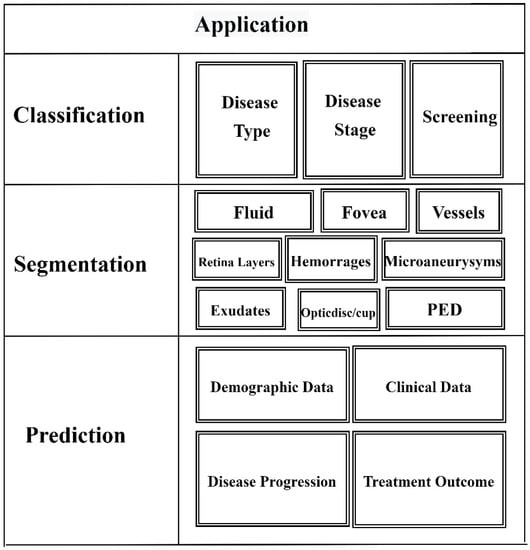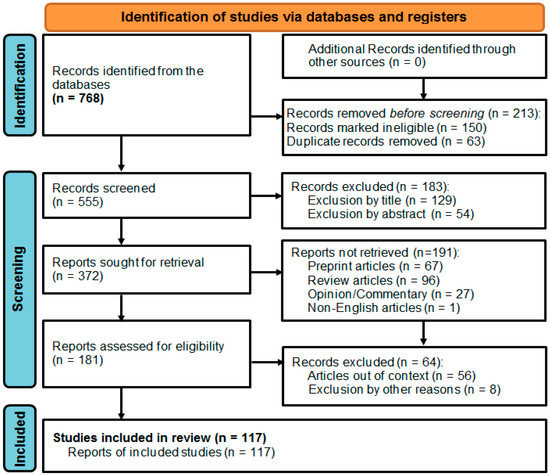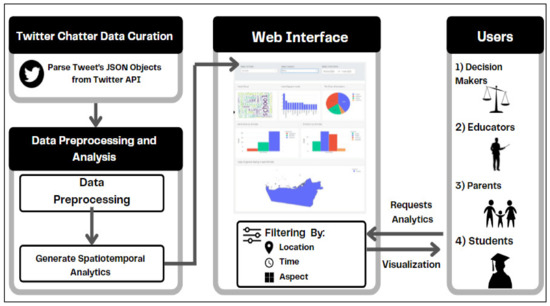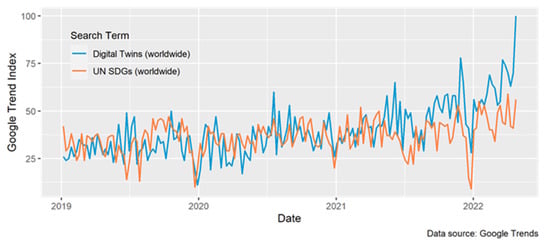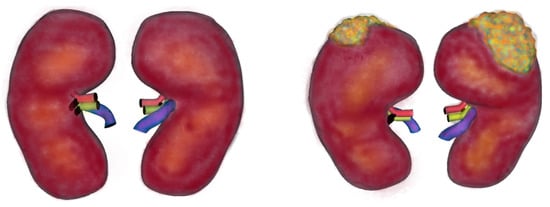Machine Learning and Artificial Intelligence for Health Applications on Social Networks
A topical collection in Big Data and Cognitive Computing (ISSN 2504-2289).
Viewed by 51156Editor
Interests: big data analysis and mining; mobility mining; social network data analysis and mining; health informatics
Special Issues, Collections and Topics in MDPI journals
Topical Collection Information
Dear Colleagues,
The fast expansion of social media and social networks in the last few years is making available an enormous and continuous stream of user-generated contents containing invaluable information that can be used to understand, in near real time, human life dynamics worldwide. These massive quantities of data could support a wide range of medical and healthcare applications, including, among others, clinical trials and decision support, disease surveillance, personalized medicines, and population health management. Besides, social media combines textual, temporal, geographical, and network data, opening up unique opportunities to study the interplay between human mobility, social structure and disease transmission.
In this context, Artificial intelligence (AI) and machine learning techniques can play a crucial role to deal with such amount of heterogeneous, multi-scale and multi-modal data. Some examples of techniques that are gaining attention in this domain include deep learning, domain adaptation, semi-supervised approach, time series analysis, and active learning. Even though the use of machine learning and the development of ad-hoc techniques are gaining increasing popularity in the health domain, we can witness that a significant lack of interaction between domain experts and machine learning researchers still exists.
AI is changing the landscape of healthcare and modern personalized precision medicine. With the increasing availability of healthcare data and rapid progress of machine learning algorithms and analysis techniques, AI is gradually enabling doctors with tools for better diagnosis, disease surveillance, facilitating early detection, uncovering novel treatments, and creating an era of truly personalized medicine. In particular, novel approaches to AI and big data analytics and mining methods on social media data and social networks may provide invaluable means for health monitoring, surveillance, disease spreading, and outbreak prediction.
Artificial intelligence in healthcare is going play a significant role in solving the issues like drug-interaction, false alarms, over-diagnosis, and over-treatment. Moreover, AI with new technologies of IoT and Blockchain has tremendous scope for better medical treatment with data security.
The main areas of AI applications in healthcare are: providing personalized precision medicine, analysis and interpretation of radiology images, automated diagnosis, prescription preparation, clinical workflow monitoring, patient monitoring and care, discovery of new drugs, predicting the impact of gene edits, treatment protocol development, and early diagnoses of diseases.
The Special Issue solicits empirical, experimental, methodological, and theoretical research reporting original and unpublished results on social networks analysis and mining on topics in the realm of healthcare and health informatics along with applications to real life situations.
Dr. Carmela Comito
Guest Editor
Manuscript Submission Information
Manuscripts should be submitted online at www.mdpi.com by registering and logging in to this website. Once you are registered, click here to go to the submission form. Manuscripts can be submitted until the deadline. All submissions that pass pre-check are peer-reviewed. Accepted papers will be published continuously in the journal (as soon as accepted) and will be listed together on the collection website. Research articles, review articles as well as short communications are invited. For planned papers, a title and short abstract (about 100 words) can be sent to the Editorial Office for announcement on this website.
Submitted manuscripts should not have been published previously, nor be under consideration for publication elsewhere (except conference proceedings papers). All manuscripts are thoroughly refereed through a single-blind peer-review process. A guide for authors and other relevant information for submission of manuscripts is available on the Instructions for Authors page. Big Data and Cognitive Computing is an international peer-reviewed open access monthly journal published by MDPI.
Please visit the Instructions for Authors page before submitting a manuscript. The Article Processing Charge (APC) for publication in this open access journal is 1800 CHF (Swiss Francs). Submitted papers should be well formatted and use good English. Authors may use MDPI's English editing service prior to publication or during author revisions.
Keywords
- Personal health virtual assistant
- Early disease diagnosis and treatment prediction
- Clinical decision support in disease diagnosis and treatment
- Analysis and interpretation of radiology images
- Application of deep learning methods to health data
- Spatio-temporal prediction of pandemics
- Modeling the health status and well-being of individuals
- Real-time syndromic surveillance and early detection of emerging disease
- Drug adversial reaction
- Drug abuse and alcoholism incidence monitoring
- Medical imaging analysis and diagnosis assistance
- mHealth, eHealth, and Wearable Health
- Blockchain for healthcare
- Social media data analyses and mining for public health
- Novel methods and frameworks for mining and integrating big health data
- Semantics and interoperability for healthcare data
- Clinical natural language processing and text mining
- Predictive modelling for diagnosis and treatment
- Data privacy and security for healthcare data
- Medical fraud detection
- Data analytics for pervasive computing for medical care





